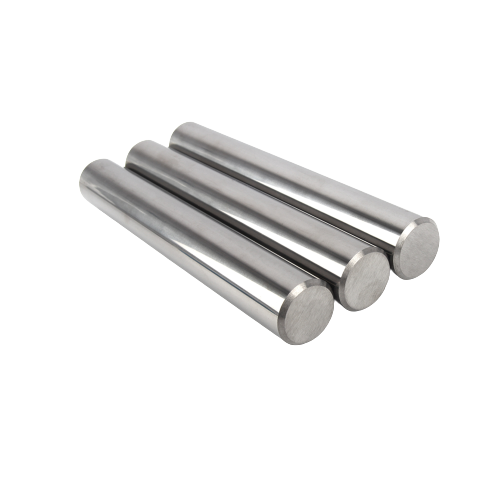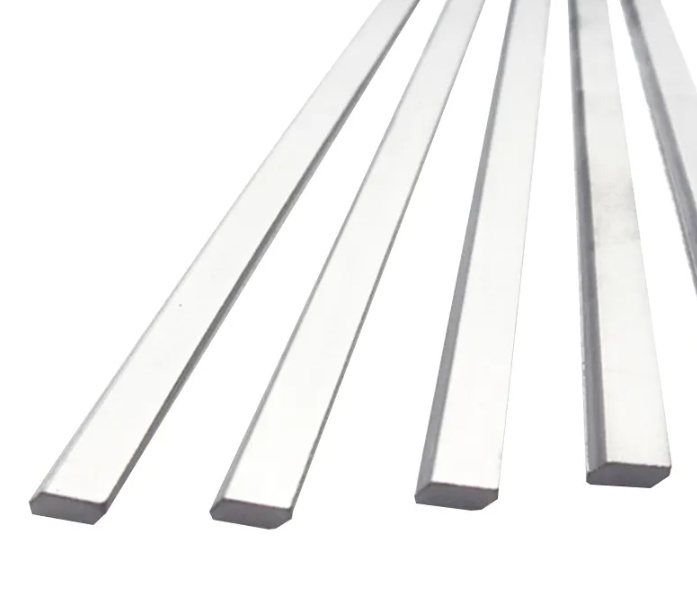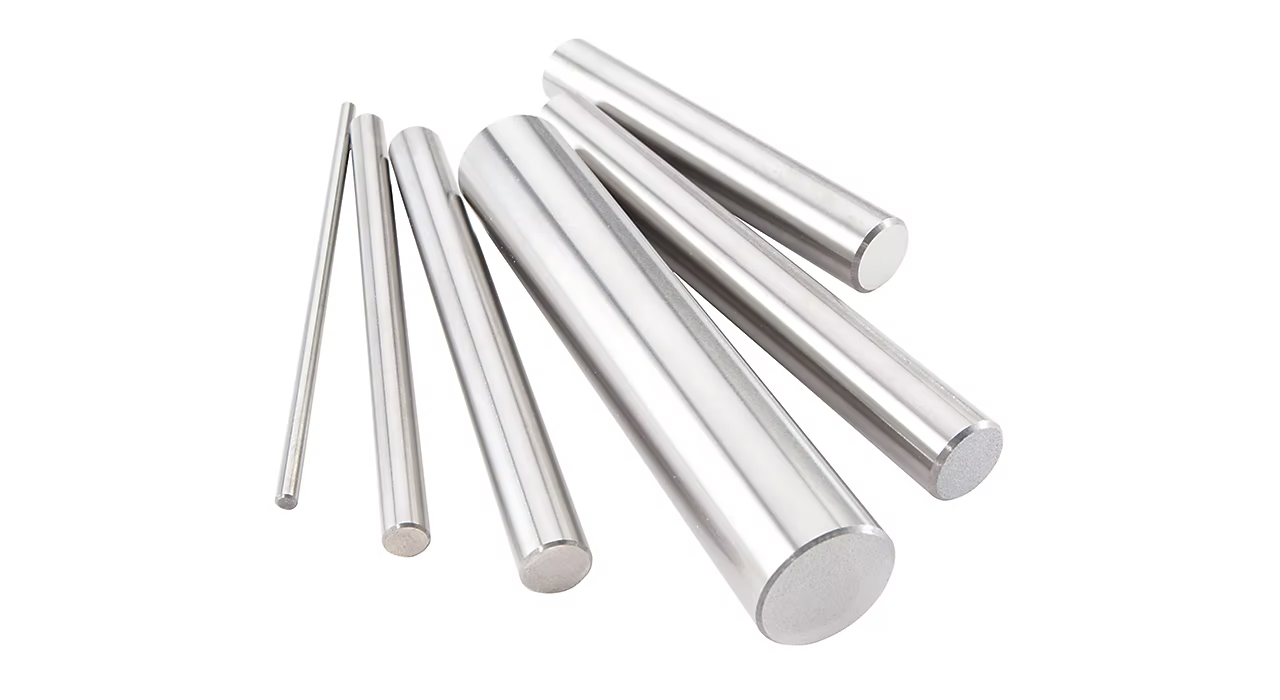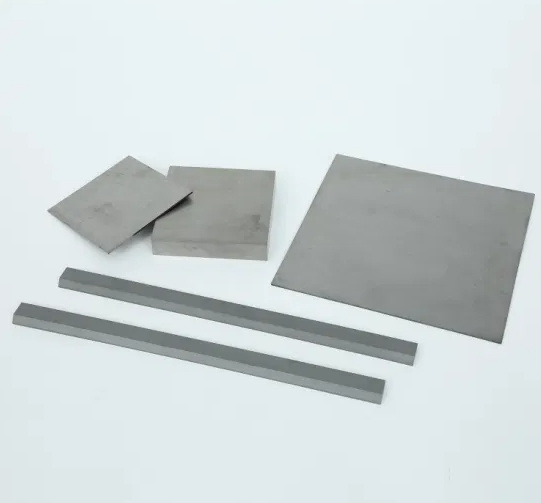Qu'est-ce qu'un Plaque de carbure?
Les plaques en carbure sont des composants essentiels dans les industries exigeant une résistance extrême à l'usure, telles que l'exploitation minière, la métallurgie et la construction. Ces plaques, principalement composées de carbure de tungstène (WC) ou de carbure de titane (TiC), offrent une durabilité et une dureté inégalées, ce qui les rend idéales pour les applications soumises à une forte abrasion et à des chocs.
Les plaques de carbure sont le gilet pare-balles des machines industrielles. Elles protègent les outils de coupe, les bandes transporteuses et même les composants à forte usure des machines d'excavation. Toutefois, le soudage des plaques de carbure n'est pas aussi simple que celui de l'acier ordinaire. Les propriétés uniques du matériau exigent des techniques et des procédures spécialisées pour garantir des liaisons solides et durables.
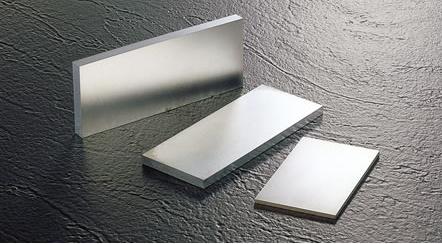
Méthodes de soudage courantes pour Plaques de carbure
1. Le brasage
Le brasage est l'une des méthodes les plus courantes pour assembler des plaques de carbure. Elle implique l'utilisation d'un métal d'apport (comme les alliages argent-cuivre) dont le point de fusion est inférieur à celui du carbure lui-même. Cette méthode est idéale car elle n'affaiblit pas le carbure en raison d'une exposition excessive à la chaleur.
Pour :
- Permet d'obtenir des joints solides avec un minimum de dommages thermiques.
- Convient parfaitement aux composants en carbure de petite taille ou complexes.
- Offre une excellente résistance aux contraintes mécaniques.
Cons :
- Nécessite un contrôle précis de la température.
- Peut prendre du temps par rapport au soudage à l'arc.
2. Soudage au gaz inerte de tungstène (TIG)
Le soudage TIG, également connu sous le nom de soudage à l'arc au tungstène (GTAW), convient aux plaques de carbure lorsqu'on utilise un métal d'apport spécialisé, tel que les alliages à base de cobalt.
Pour :
- Produit des soudures précises et de haute qualité.
- Offre un excellent contrôle de l'apport de chaleur.
- Réduit la distorsion des plaques de carbure minces.
Cons :
- Processus plus lent que les autres méthodes de soudage.
- Nécessite des soudeurs hautement qualifiés.
3. Soudage à l'arc avec transfert de plasma (PTA)
Le soudage PTA est souvent utilisé pour déposer des poudres de carbure sur un substrat métallique, créant ainsi un revêtement résistant à l'usure.
Pour :
- Permet d'obtenir des surfaces très résistantes à l'usure.
- Permet de personnaliser les couches de carbure.
Cons :
- Nécessite un équipement coûteux.
- Installation plus complexe que pour le soudage MIG ou TIG.
4. Soudage au laser
Le soudage au laser utilise des faisceaux lumineux concentrés pour fusionner des plaques de carbure avec d'autres métaux, ce qui permet d'obtenir une précision et des zones affectées par la chaleur minimales.
Pour :
- Le faible apport de chaleur minimise la formation de fissures.
- Permet de réaliser des soudures précises et solides.
Cons :
- Nécessite un équipement avancé.
- Coût d'investissement initial élevé.
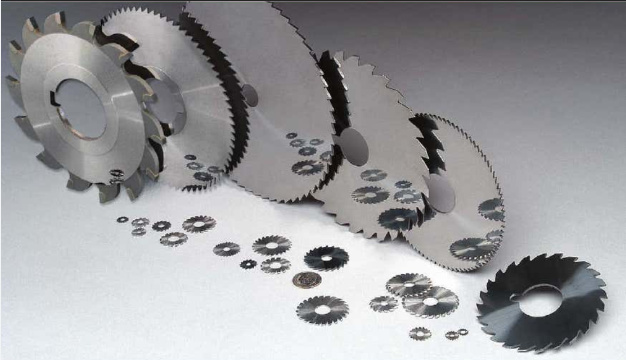
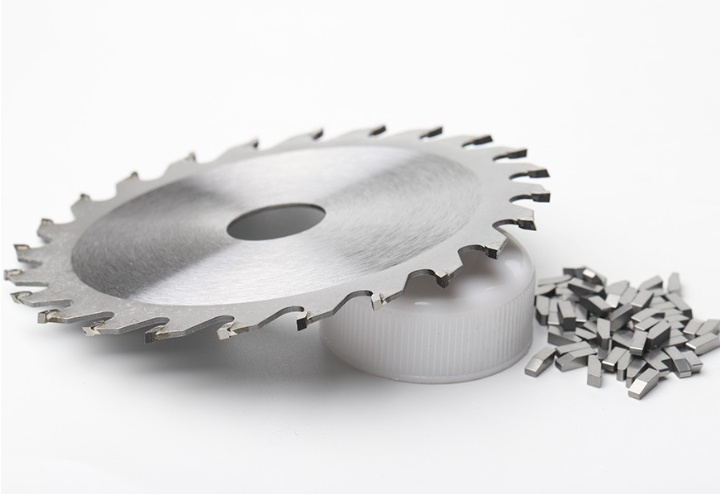
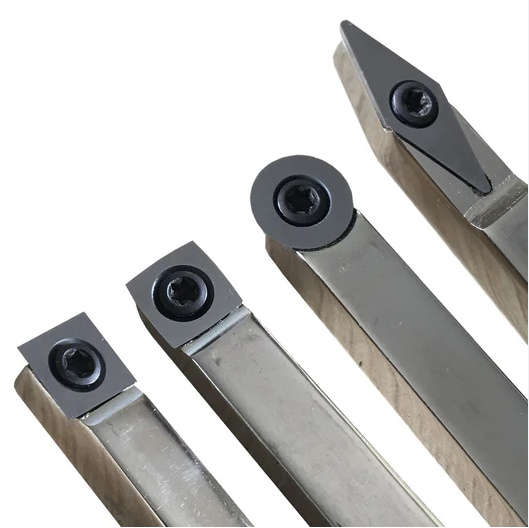
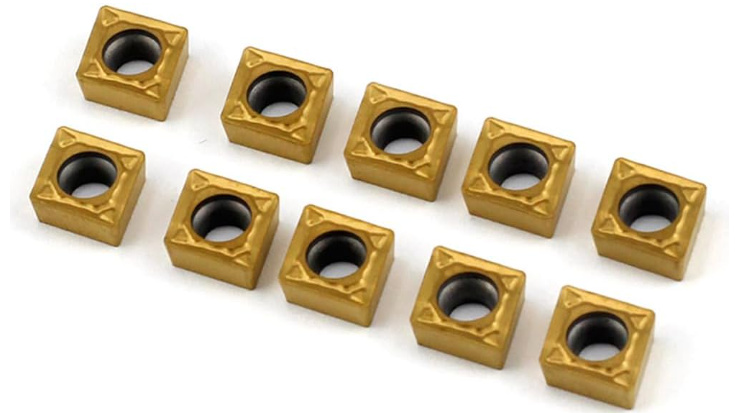
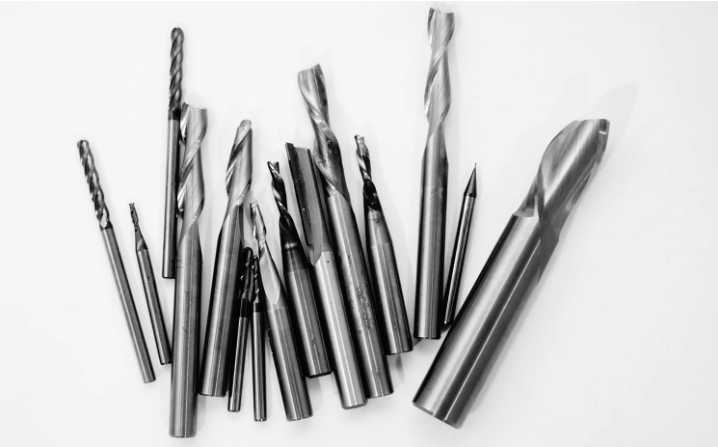
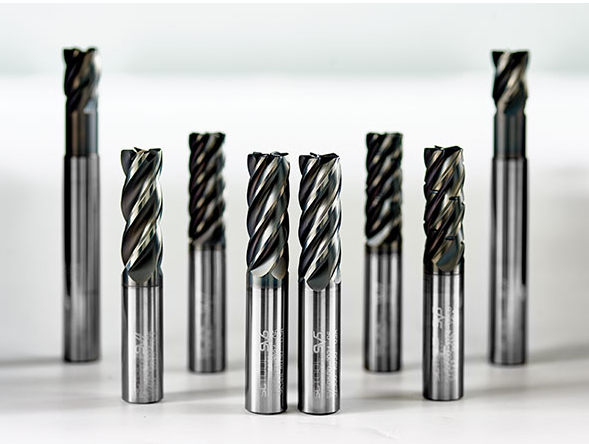
Meilleures pratiques de soudage pour Plaques de carbure
Préparation avant soudage
- Nettoyage de surface: Enlever toute trace d'oxydation, de graisse ou de contaminants pour assurer une bonne fusion.
- Préchauffage: Réduit les chocs thermiques et prévient les fissures.
- Sélection du métal d'apport: Utiliser des charges à base de cobalt, de nickel ou d'argent pour un collage optimal.
Pendant le soudage
- Maintenir un faible apport de chaleur pour éviter la dégradation du carbure.
- Utilisation refroidissement contrôlé afin d'éviter les contraintes résiduelles et les fissures.
- Appliquer des vitesses de déplacement lentes pour un dépôt uniforme du matériau.
Traitement post-soudure
- Mettre en œuvre soulagement du stress traitement thermique le cas échéant.
- Conduite les essais non destructifs (END) pour garantir l'intégrité de la liaison.
Erreurs courantes et comment les éviter
| Erreur | Pourquoi cela arrive-t-il ? | Comment l'éviter |
|---|---|---|
| Apport de chaleur excessif | La surchauffe entraîne une dégradation du carbure. | Utiliser un ampérage plus faible et un préchauffage contrôlé. |
| Mauvaise sélection du produit de remplissage | Des métaux d'apport incorrects entraînent des joints fragiles. | Utiliser des alliages à base de cobalt, de nickel ou d'argent. |
| Pas de préchauffage | Les chocs thermiques peuvent provoquer des fissures. | Préchauffer les plaques en carbure à la température recommandée. |
| Refroidissement rapide | Les changements brusques de température entraînent une fragilisation. | Permettre un refroidissement lent et contrôlé après le soudage. |
| Préparation inadéquate de la surface | L'oxydation ou les contaminants affaiblissent la liaison. | Nettoyer soigneusement les surfaces avant de procéder au soudage. |
Modèles de poudres métalliques recommandés pour le soudage au carbure
| Modèle de poudre métallique | Composition | Application |
|---|---|---|
| WC-10Co | 90% Carbure de tungstène, 10% Cobalt | Applications à haute résistance aux chocs |
| WC-12Ni | 88% Carbure de tungstène, 12% Nickel | Revêtements résistants à la corrosion |
| TiC-15Co | 85% Carbure de titane, 15% Cobalt | Applications à haute température |
| CrC-10Ni | 90% Carbure de chrome, 10% Nickel | Résistance extrême à l'usure |
| WC-17Co | 83% Carbure de tungstène, 17% Cobalt | Outils de forage et d'exploitation minière |
| WC-8Co | 92% Carbure de tungstène, 8% Cobalt | Revêtements anti-usure à haute dureté |
| NbC-10Co | 90% Carbure de Niobium, 10% Cobalt | Résistance à l'abrasion et à la chaleur |
| MoC-15Ni | 85% Carbure de molybdène, 15% Nickel | Applications de pulvérisation thermique |
| VC-10Fe | 90% Carbure de vanadium, 10% Fer | Renforcement des outils de coupe |
| WC-5Co | 95% Carbure de tungstène, 5% Cobalt | Outils de précision et pièces d'usure |
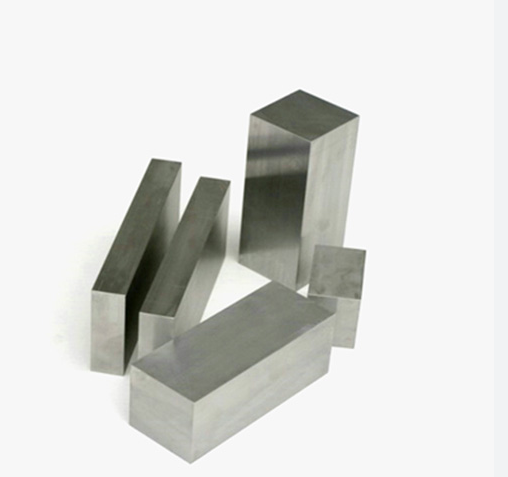
FAQ
| Question | Réponse |
|---|---|
| Quelle est la meilleure méthode pour souder des plaques de carbure ? | Le brasage est idéal pour les petites pièces, tandis que l'ATP et le soudage au laser sont préférés pour les applications industrielles. |
| Pourquoi les plaques de carbure se fissurent-elles pendant le soudage ? | Un apport de chaleur important et un refroidissement rapide peuvent provoquer des contraintes thermiques et des fissures. Le préchauffage et le refroidissement contrôlé permettent d'éviter ce phénomène. |
| Puis-je utiliser le soudage MIG standard pour les plaques de carbure ? | Non, le soudage MIG standard n'offre pas la précision et le contrôle de la chaleur nécessaires pour les matériaux en carbure. |
| Quelle est la température de préchauffage idéale pour le soudage au carbure ? | Typiquement entre 300°C et 600°C, en fonction de la composition de l'alliage. |
| Quels sont les métaux d'apport les plus efficaces pour le soudage au carbure ? | Les charges à base de cobalt et de nickel assurent la meilleure liaison avec les plaques de carbure. |

